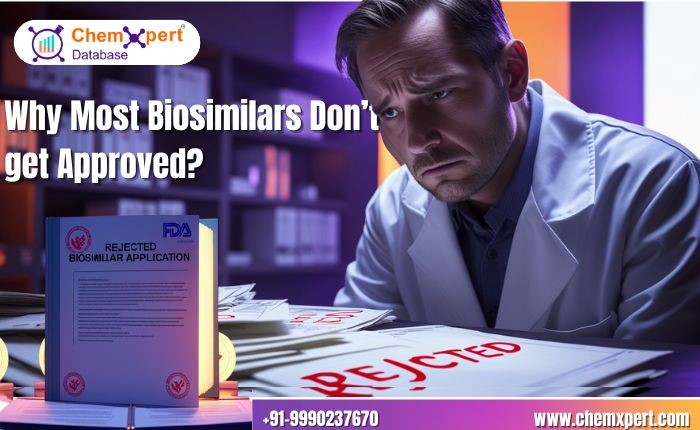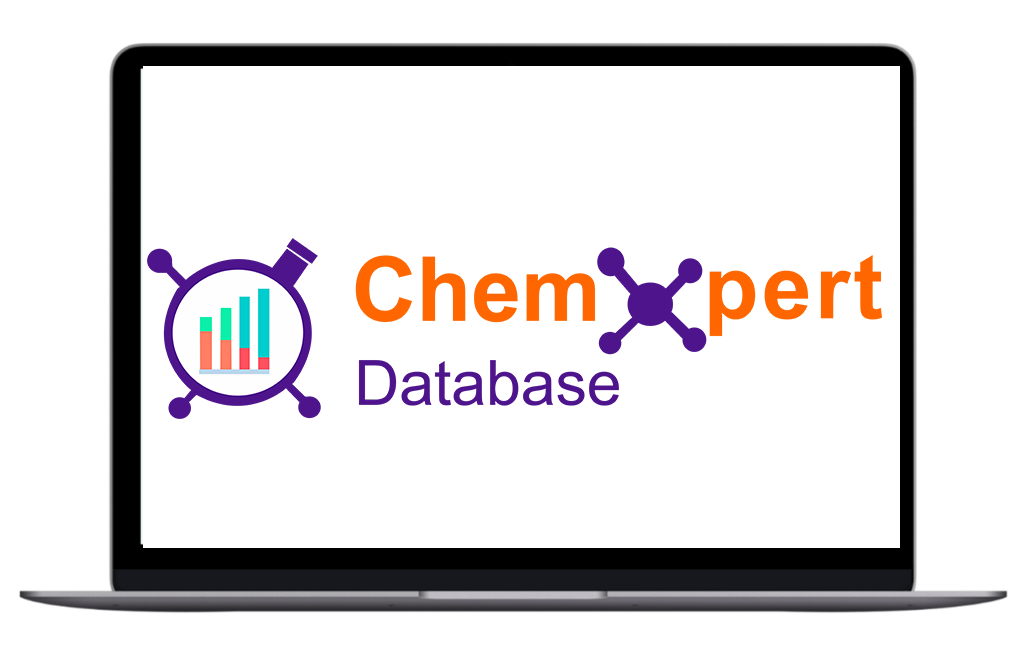
The global biosimilars market is expected to surpass $44.55 billion in 2025, driven by expiring biologic patents, rising demand for affordable therapies, and increased regulatory activity in the U.S., EU, and Asia. Yet, despite the momentum, regulatory bottlenecks continue to slow innovation. Unlike generic drugs, biosimilars face a far more complex and fragmented approval landscape.
Each region—be it the FDA in the U.S., EMA in Europe, or DCGI in India—demands distinct filing pathways, bridging studies, and often duplicative clinical trials. Even post-approval, launch delays from patent litigation, lack of interchangeability status, and poor dossier quality can stall commercial entry by years.
In some cases, a biosimilar approved in Europe or India still awaits U.S. clearance due to differing data standards or manufacturing compliance issues.
That gap isn't just regulatory, it’s a lost revenue window.
Approvals don’t always mean market access. The real bottlenecks often lie outside the regulator’s office—in courtrooms and corporate boardrooms.
Even after biosimilars receive regulatory clearance, patent lawsuits can block launch for years. Take adalimumab (Humira), for example.
AbbVie sued nearly every biosimilar manufacturer—Amgen, Pfizer, Samsung Bioepis, Mylan, Sandoz, Boehringer Ingelheim—claiming patent infringement.
Most didn’t fight. They settled, agreeing to delay launch in exchange for future licensing. That’s why biosimilar versions of adalimumab didn’t reach U.S. shelves until January 2023, despite its main patent expiring in 2016.
AbbVie filed over 100 patents around Humira. Not just on the molecule—but on manufacturing, formulation, and delivery methods. This tactic is called a “patent thicket.”
Here’s how it works:
These overlapping patents made legal clearance costly and slow, even for biosimilars with FDA approval.
Many biosimilar manufacturers agreed to pay royalties and delay entry. The reward? Eventual market access. The cost? Years of lost revenue, and billions in extended brand-name sales. Adalimumab sales still top $10 billion annually, keeping costs high for payers and patients.
Even perfect dossiers can fail at launch. Regulatory approval is only part of the equation. Failing to prepare for litigation risk and patent strategy can destroy timelines.
Want to avoid this? Benchmark patent expiry, litigation trends, and licensing timelines—before you file.
Biosimilar approvals haven’t surged. But they are moving—cautiously. In 2025, the FDA cleared six new biosimilars through the 351(k) pathway (as of mid-year).
Most are for oncology and autoimmune conditions—the two highest-value biologic markets.
|
Product Name |
Reference Biologic |
Sponsor |
Indication |
Interchangeable? |
|
Adalimuvex |
Humira (Adalimumab) |
Lupin Biotech |
Rheumatoid arthritis |
No |
|
Bevacizulast |
Avastin (Bevacizumab) |
Celltrion |
Colorectal cancer |
No |
|
Pegfilgrapo |
Neulasta (Pegfilgrastim) |
Fresenius Kabi |
Neutropenia |
Yes |
|
Trastynova |
Herceptin (Trastuzumab) |
Zydus Lifesciences |
HER2+ breast cancer |
No |
|
Ustekizimab-BS |
Stelara (Ustekinumab) |
Amgen |
Psoriasis |
Pending |
|
Rituxibio |
Rituxan (Rituximab) |
Samsung Bioepis |
Non-Hodgkin’s lymphoma |
No |
Read our detailed article on Biosimilar Approvals in 2025 and Key FDA around the Industry

Global Biosimilar market vary significantly by region—each shaped by regulatory frameworks, market demand, and development pipelines.
Confusing biosimilars with generics is a costly mistake. They follow different rules, require different data, and move through entirely different approval pathways.
|
Feature |
Generic Drugs |
Biosimilars |
|
Active Ingredient |
Identical |
Automatically substitutable |
|
Regulatory Path |
ANDA (505(j), Hatch-Waxman Act) |
BLA (351(k), Public Health Service Act) |
|
Clinical Trials |
Usually waived |
Required for safety, efficacy, and PK/PD |
|
Interchangeability |
Automatically substitutable |
Separate designation from FDA |
1. Active Ingredient & Manufacturing: Generics use a strictly identical active ingredient. Biosimilars are made in living cells, so minor variability is expected—and regulated accordingly
2. Regulatory Approval Process: Generics rely on ANDA (505(j)), requiring bioequivalence. Biosimilars file under 351(k) BLA, proving high similarity and no clinically meaningful differences—a tougher bar
3. Clinical Data Requirements: Generics generally need pharmacokinetic bioequivalence trials only. Biosimilars must add patient or healthy volunteer trials, focusing on immunogenicity and PK/PD comparability .
4. Interchangeability & Substitution Rules: Most generics can be automatically substituted at pharmacies. Biosimilars need a separate “interchangeable” designation from the FDA. Without it, prescriber must explicitly allow substitution
The biosimilar market in 2025 is worth over $44 billion globally. But capturing that value requires more than regulatory approval—it demands regulatory strategy.
Biosimilar developers face one of the toughest market-entry challenges in pharma.
Unlike generics, the biosimilar journey is slowed by:
And yet, those who navigate these challenges well—Biocon, Amgen, Samsung Bioepis—have carved multi-billion dollar wins from the complexity.
The difference? They use data. They don’t guess timelines, fail submission audits, or hope the FDA ignores gaps.
They benchmark everything:
, If your biosimilar pipeline includes high-value biologics adalimumab, trastuzumab, ustekinumab—you can’t afford to move

Sick and tired of always wondering if you are being asked to pay the right price for your APIs? This empowers you with the answers you need to make the right decisions in the Global API market.
Chemxpert Database is one of the biggest and most comprehensive directories of pharma and chemicals, manufacturers, suppliers and information. Provided with current information on prices, demand and transactions, it gives you instant feedback on whether you are buying what is right and at the right time.
Start using market intelligence today and allow yourself to be in control in the API market.
Check it out today and make more informed sourcing decisions! Learn More!